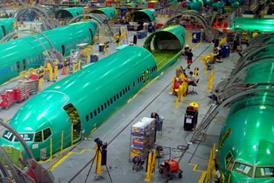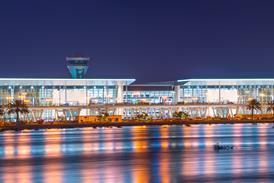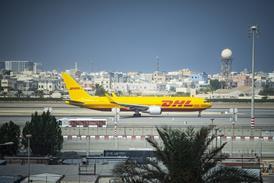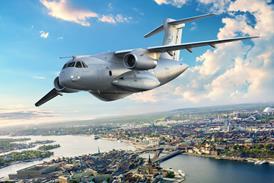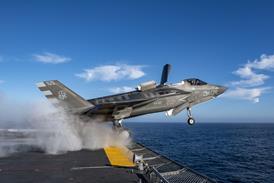Scramjet technology will also be studied in planned $54 million, 10-flight programme
Australia and the USA are to flight test advanced waverider vehicle and scramjet engine designs under an extension to their collaboration on hypersonics.
Up to 10 flights over Woomera range are planned under the $54 million Hypersonics International Flight Research and Experimentation (HiFire) programme agreed late last year by Australia's Defence Science & Technology Organisation (DSTO) and the US Air Force Research Laboratory (AFRL).
Advanced waverider and scramjet designs are key to enabling efficient air-breathing hypersonic vehicles for long-range strike or space access. A waverider reduces drag by using compression lift generated by its own shockwaves.
Under HiFire, both AFRL and DSTO will design experimental payloads and conduct ground testing while the Australian partners will integrate the payloads and conduct the launches.
HiFire is a follow-on to the University of Queensland's (UQ) successful HyShot series of sounding-rocket flights, and was conceived to provide a platform for repeatable and affordable hypersonic flight experiments. "We wanted to collaborate with the HyShot team, but on more than one or two flights - more like 10," says AFRL's Doug Dolvin, HiFire programme manager.
|
|---|
HyShot sounding-rocket launch |
Funded 50:50 by Australia and the USA, HiFire covers a five-year programme of test flights beginning in November, using payloads launched on sounding rockets from Woomera. The initial three flights will investigate fundamental hypersonic phenomena, collecting data to validate design tools. The first will carry a flared conical shape to test laminar-to-turbulent boundary-layer transition and heat transfer.
Of the remaining six flights so far defined, the design of three will be led by AFRL and three by DSTO, but data from all experiments will be shared, says Dolvin. The six flights will test technologies for next-generation waverider-configuration hypersonic vehicles powered by so-called "inward-turning" scramjet engines.
Supersonic-combustion ramjets flown in NASA's X-43, and to fly in AFRL's X-51A in 2008, have two-dimensional, or rectangular flowpaths. Advances in computational tools now allow the design of three-dimensional, or axisymmetrical flowpaths that are more efficient, says Kevin Bowcutt, Boeing technical lead for HiFire.
Boeing Phantom Works has been selected by DSTO and UQ to lead three of the HiFire experiments. The first will test a waverider glider, the second an Australian-designed inward-turning scramjet inlet and the third will combine the two for a Mach 8 free flight of a scramjet-powered waverider, says Bowcutt.
AFRL plans a similar series of flights with different vehicle and engine designs, says Dolvin, for which it will competitively select an industrial lead. The Australian- and US-led experiments will fly at around the same time, he says: the gliders in 2008, the scramjets in 2010 and the powered waveriders in 2011. HiFire parallels AFRL's X-51A, a partial-waverider vehicle intended to mature two-dimensional scramjet technology for use in development of a hypersonic missile. Three-dimensional waverider and scramjet designs are less mature, and HiFire is intended to take these to a higher technology readiness level, says Dolvin.
UQ's Centre for Hypersonics has conducted four HyShot launches from Woomera in South Australia using a Terrior-Orion sounding rocket, with a fifth planned for early this year under the US/Australian HyCause programme.
Source: Flight International

